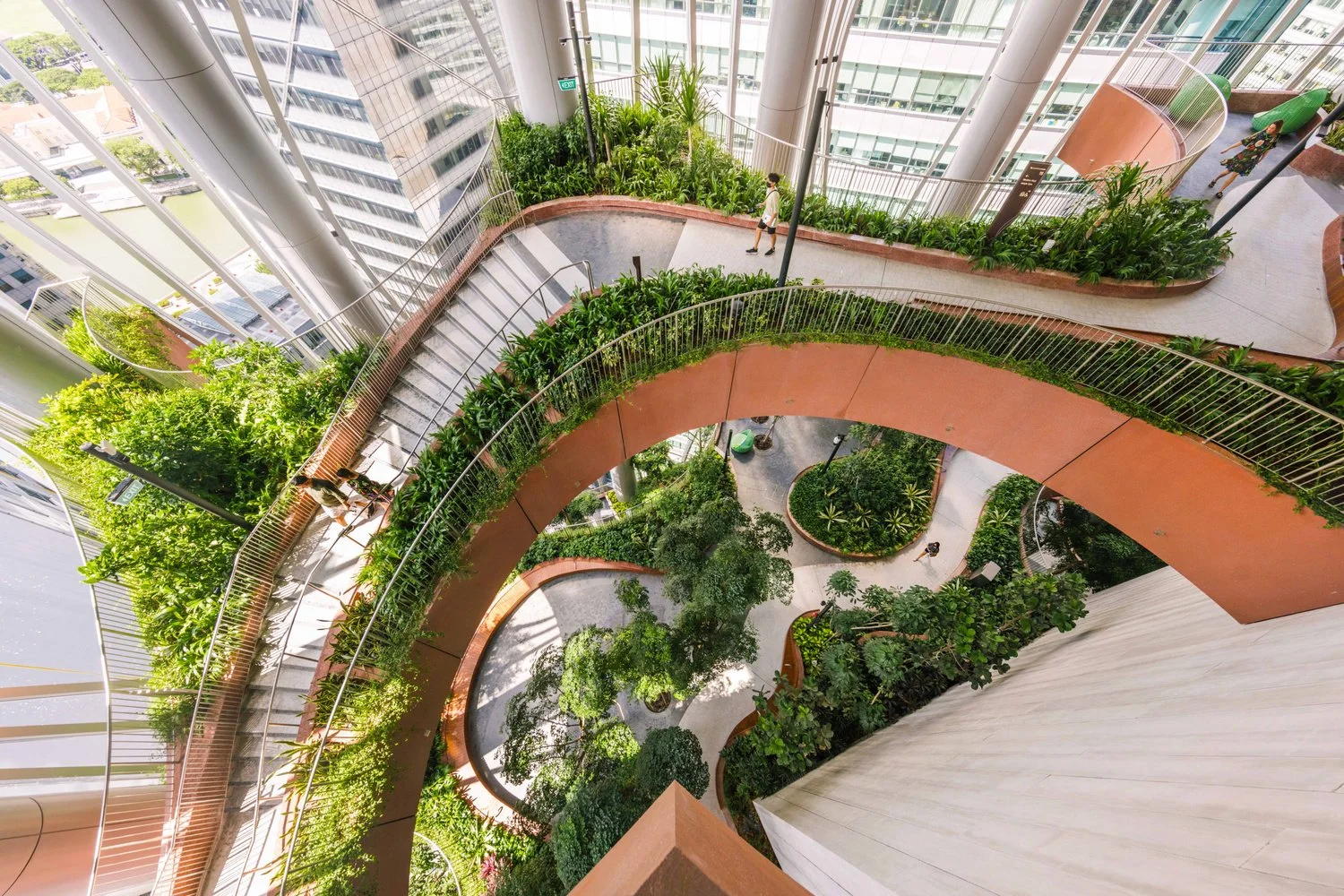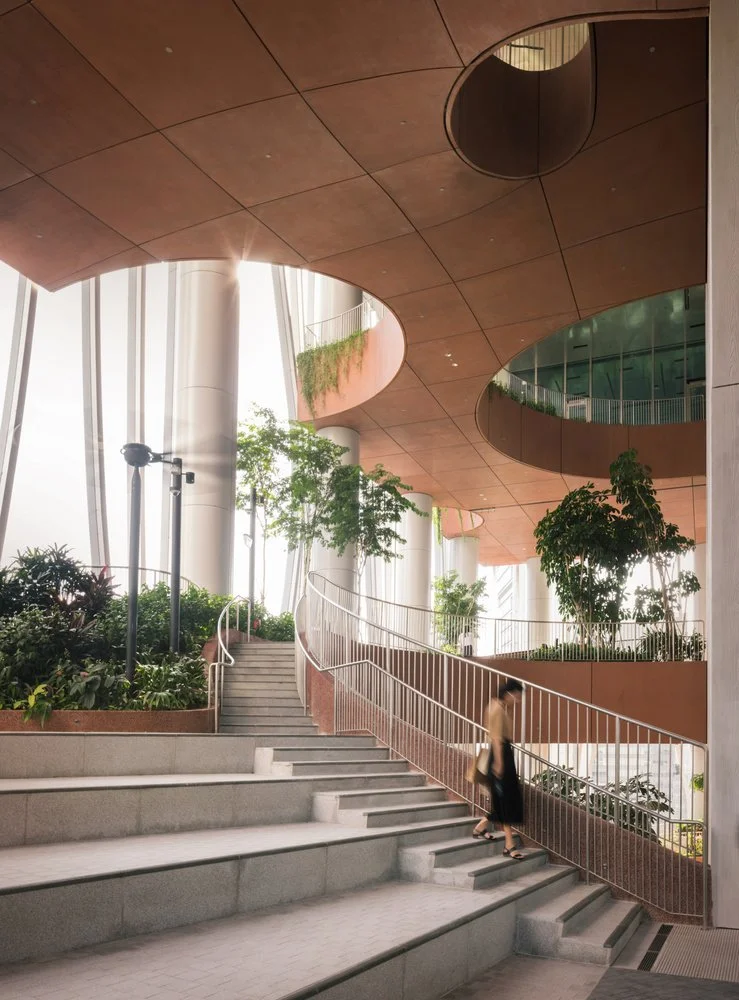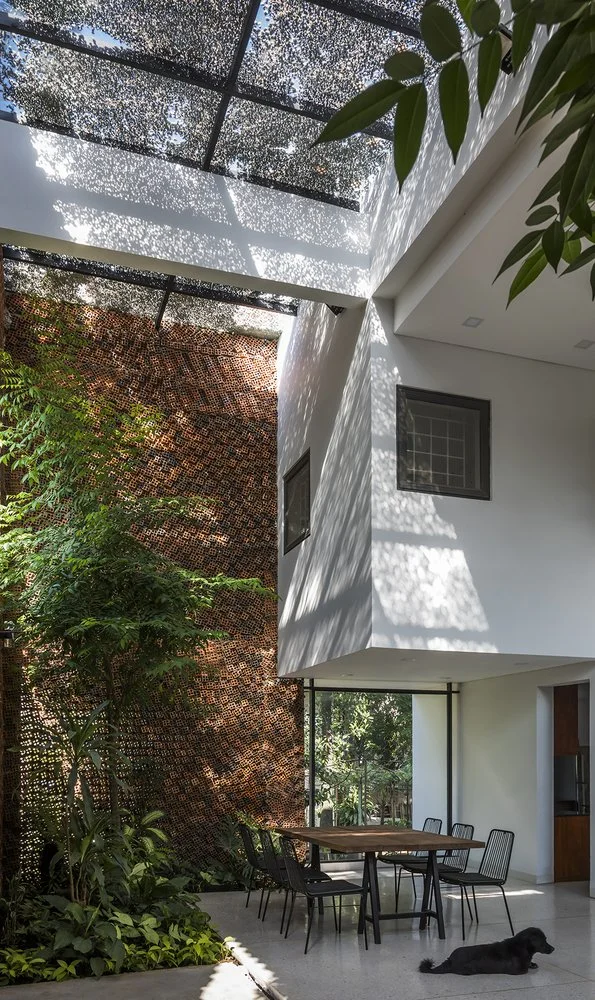《Let Buildings “Breathe”: Ancient Wisdom for Modern Times》
Exploring Architectural Strategies for Extreme Climates
讓建築「呼吸」?古老智慧的現代啟發
探索極端氣候下的建築策略
As extreme weather and high humidity become increasingly common, architecture is no longer just about shielding us from the elements. It is also about discovering new ways to coexist with them.
In regions with intense heat and humidity, people have long developed vernacular strategies to adapt to their environment. These time-tested methods, rooted in local wisdom, are now inspiring modern urban design.
面對日益嚴峻的極端氣候與高濕度挑戰,建築的角色早已不僅是抵禦環境,更是探索與其和諧共生的可能。
在高溫或潮濕地區,人們早已積累了順應自然的建築智慧;這些源於地方經驗的古老策略,如今正成為現代城市設計的重要靈感來源。
In climates prone to monsoons and heavy rainfall, the ground often proves too unstable for conventional foundations. This is where stilt houses, common across tropical regions, come into play.
Whether in the villages of Bangladesh, the Amazon rainforest, or Southeast Asian communities, elevated structures effectively keep interiors dry, promote air circulation, and offer protection from flooding.
在潮濕且易受季風影響的氣候條件下,地面往往不足以作為可靠的地基。因此,高腳屋在熱帶潮濕地區成為一種經典建築形式。
無論是孟加拉的村落、亞馬遜雨林,抑或是東南亞的部落,高架地基都能有效地隔離潮濕、促進空氣流動,並具備防洪能力。
Take the traditional shophouses of Penang as an example. Their narrow, tall structures and high ceilings are not just stylistic choices—they create a chimney effect that releases hot air and draws in cool breezes.
In the Caribbean and Southeast Asia, buildings commonly use louvered shutters to allow controlled ventilation. This not only reduces moisture buildup and prevents mold growth, but also keeps indoor air fresh and dry.
以檳城的傳統店屋為例,高窄的結構與挑高的天花板極具特色,其實是利用煙囪效應排出熱氣,並引入涼爽氣流。
加勒比海與東南亞的建築則普遍採用百葉窗,適度通風不僅能減少濕氣積聚與黴菌滋生,更能保持空間的空氣清新與乾燥。
CapitaSpring, Singapore, BIG + Carlo Ratti Associati
CapitaSpring, Singapore, BIG + Carlo Ratti Associati
CapitaSpring, Singapore, BIG + Carlo Ratti Associati
Contemporary skyscrapers are also integrating passive ventilation systems, such as perforated facades and double-skin exteriors.
In Singapore, some high-rise buildings function like “lungs” of the city. With sky gardens, open-air atriums, and porous facades, they guide breezes through dense urban landscapes.
當代高層建築也融合了穿孔立面和透氣雙層外牆,以增強被動通風。
例如在新加坡,建築師設計的摩天大樓,其功能猶如城市之肺,透過挑空平台、空中花園和立面孔隙,巧妙引導微風穿梭於密集的建築環境。
One of the most overlooked yet highly effective strategies for humid climates is creating semi-open spaces to cultivate microclimates.
From Moroccan courtyards to Vietnamese water gardens, these spaces go far beyond aesthetics.
They serve as natural ventilation chambers, guiding airflow while offering cool, comfortable places for rest and retreat.
應對潮濕環境最容易被忽視卻又極其有效的策略之一,便是利用半開放空間營造微氣候。
從摩洛哥的內院到越南的水庭院,這些半開放空間不僅止於美觀,更充當天然通風室,有效引導空氣流通,同時提供涼爽的休憩場所。
3 Patios House, Mexico, Once Once Arquitectura
Wall House, Vietnam, CTA | Creative Architects
2Hien House, Vietnam, CTA | Creative Architects
These principles are now being revived through “porous city” designs in modern urban planning. By weaving together shaded walkways, shared courtyards, and green corridors, architects can enhance airflow and encourage evaporative cooling on a city-wide scale.
在現代城市規劃中,這些原則正透過多孔城市設計得以復興。藉由整合遮陽步道、公共庭院和綠色走廊,這些細緻的設計考量,能在整個城市範圍內促進空氣流通與蒸發降溫。
Tropical Shed, Brazil, Laurent Troost Architectures
Ultimately, the best responses to climate change merge ancient wisdom with modern technology.
The goal is not to fight against nature, but to learn how to collaborate with it. When our buildings begin to adapt to the environment, we unlock the key to sustainable living in a changing climate.
面對氣候變遷,最佳的建築設計實則融合古老智慧與現代技術。
其核心不在於與大自然對抗,而是學會協作。當我們的建築開始適應環境變化時,我們便找到了在變動氣候中永續生存的關鍵。
規劃合作聯繫:
Info@maudarchitect.com
More Info : www.maudarchitect.com
Follow IG: @maudarchitect












